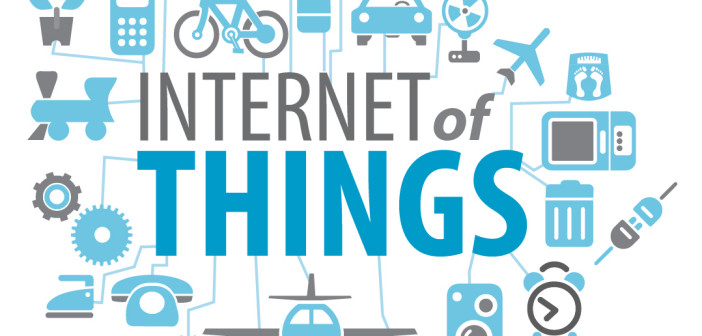By Cam Cullen, VP of global marketing at Procera Networks
The Internet of Things (IoT) is quickly becoming a reality. Consumers are embracing the benefits of connected devices and so too are businesses, expanding their presence in the home and influence over our lives.
By 2018, IHS Technology predicts that 45 million smart devices will have been installed and the annual growth potential as a result will have reached £8.45 billion. With everything from toasters to cars and even health equipment becoming internet-enabled, the tremendous possibility that IoT represents cannot be ignored.
Yet, for mobile operators, the greater number of devices soon connected to their networks, and the volume of additional traffic this will generate, will create a quality of experience (QoE) crisis.
Part of the problem is the industry’s approach to the IoT. The benefits of this technology are widely recognised but the impact on network infrastructure has thus far largely been ignored, especially considering the sheer number of devices that will come online and the additional background noise this will create. This is particularly true when you consider how different IoT and connected devices have different network usage and consumption profiles.
Putting the subscriber experience first
Evidently there’s no room for error or latency when the network is sending bursts of data from a connected health device. But even when considering a less mission-critical example, poor network performance as a result of congestion caused by connected devices could easily drive subscriber churn.
In the same way that users do not want to see overall QoE suffer due to bandwidth-hungry video traffic congesting the network and impacting their experience, the same applies to the IoT. In a complex networking environment like this, and with the challenge operators face around the IoT becoming greater each and every day, it’s clear why more advanced QoE and network management technology has become more important than ever before.
Network visibility is crucial for operators. It always has been, but there’s no escaping the renewed focus on this requirement in the IoT age. Compounding the issue of inevitable widespread connected device adoption is the fact that today’s mobile landscape is highly competitive. Subscribers have the freedom to select services from multiple operators and it’s not uncommon for users to jump ship after experiencing network quality issues.
Network intelligence and traffic management tools, therefore, supported by deep packet inspection (DPI), are vital. Not only will they help operators to meet this requirement, the technology will be key in supporting network management during the rise of IoT in the coming years, especially with demands on the network constantly increasing across the board.
It’s only by using DPI tools that operators can identify what traffic is flowing across their networks in real time, identify where the network is congested, and take steps to address it.
Scoring network performance
But there’s another piece to the puzzle. Maintaining a consistent QoE across the board also depends on having end to end visibility into what the network is capable of delivering at any given time.
In today’s data-led environment, operators need a much more granular view – capable of delivering insight into each specific service, application, and subscriber session – which can be achieved by rating network performance based on the QoE of individual services. This ‘scorecard’ system helps operators drill down and reveal the root cause of service degradation and QoE issues based on a variety of factors.
It will be all the more important for retaining subscribers and differentiating service offerings both when IoT reaches the fore and beyond.
Ultimately, it’s no longer enough for operators to present a best-effort approach to maintaining a consistent QoE. Instead, they must inspect every data packet and measure their networks for the delivery of a variety of different services and support for IoT devices.
By capitalising on tools that provide a real time view of the entire network environment, and capable of scoring performance to help identify pressure points, operators will have access to a broad range of meaningful network and subscriber data.
Not only will it help predict to peaks in traffic and plan for inevitable infrastructure expansion, it will also give operators a complete picture of how what’s needed to ensure a consistent subscriber experience both today and in the IoT future.
Since its inception in 2002, Procera Networks has become a leading subscriber and network intelligence provider.





